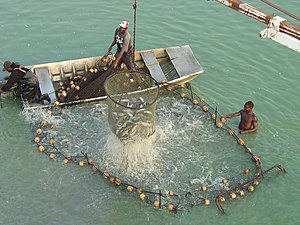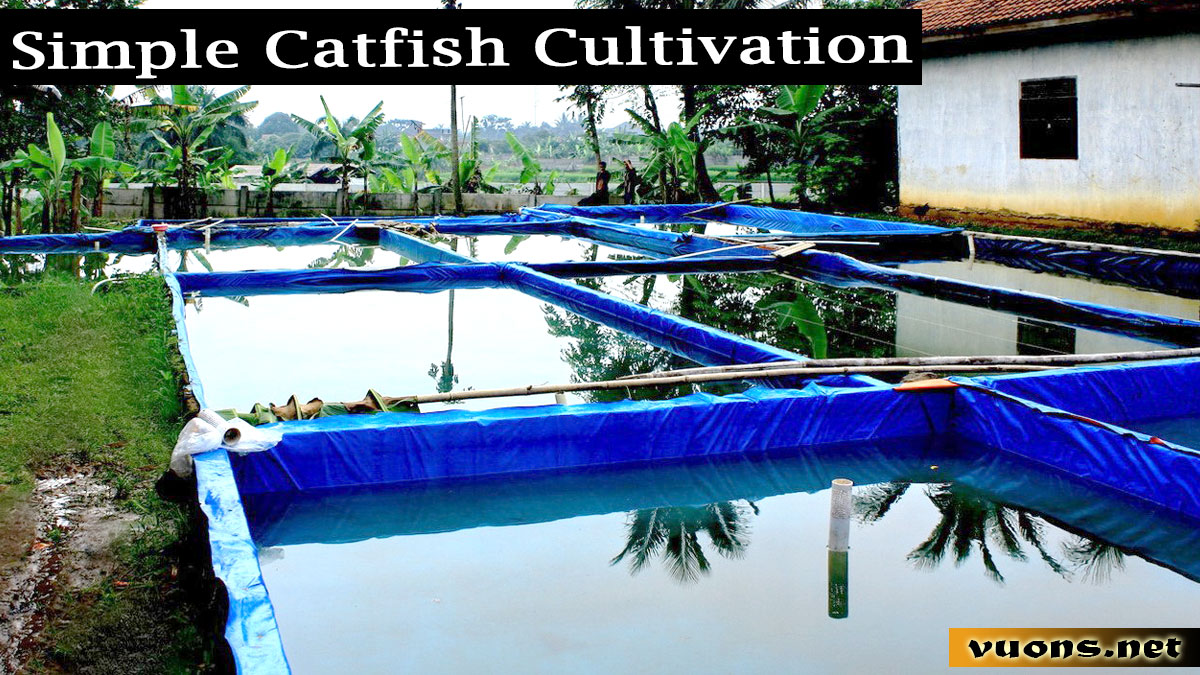The Secret to Successful Catfish Cultivation
Optimizing Catfish Farming Business: Complete Guide from Beginner to Pro
The freshwater fishing industry in Indonesia has developed rapidly in the last few decades, with catfish becoming one of the leading commodities. Catfish farming not only offers great economic potential but is also relatively easy to do. In this article, we will explore in detail how to start and optimize a catfish farming business, from initial preparation to marketing and sales.
Introduction to Catfish Cultivation.
Catfish (Clarias sp.) is a type of freshwater fish that is widely cultivated in Indonesia. The advantages of catfish cultivation include fast growth, high resistance to the environment, and stable market demand. Therefore, many fish farmers are interested in starting catfish farming as a source of income.
Initial Preparation in Catfish Cultivation.
Selecting the Right Location: The first step in starting catfish farming is choosing a suitable location. Make sure the location has sufficient access to clean water, fertile soil, and the availability of resources such as electricity and adequate transportation access.
Pond Preparation: Once the location is selected, prepare the catfish cultivation pond properly. Make sure the pool has an adequate size, a good drainage system, and is equipped with equipment such as aeration and filtration systems.
Selection of Catfish Seeds: Choose catfish seeds from breeders who are trusted and have good quality. Pay attention to the size and condition of the seedlings to ensure optimal growth.
Effective Catfish Cultivation Techniques.
Providing Quality Feed: Provide balanced and quality feed to support the growth of catfish. Feed can be fish pellets, worms, or other natural food. Make sure to provide food regularly and in sufficient quantities.
Good Pool Maintenance: Perform regular pool maintenance, including regular cleaning and water changes. Monitor the condition of the water and pool environment to prevent disease and other environmental problems.
Pest and Disease Control: Carry out preventive pest and disease control by paying attention to pond cleanliness and fish health. Use safe medicines and according to the recommended dosage if necessary.
Catfish Harvesting and Sorting.
Harvesting Time: Harvesting catfish is done after the fish reach a size that meets market demand, usually around 3-4 months after stocking the seeds.
Fish Sorting: Sort fish based on size and quality. Select fish that have good growth and are free from defects or diseases for sale.
Marketing and Sales of Catfish.
Potential Markets: Identify potential markets for your catfish, be they direct consumers, local traders, or restaurants. Study market preferences and adjust your marketing strategy accordingly.
Online Marketing: Take advantage of online platforms to market your catfish products. Create a website or use social media to increase visibility and reach more consumers.
Competitive Prices: Set competitive but still profitable prices to attract buyers’ interest. Also pay attention to factors such as production costs and desired profit margins.

Conclusion.
Catfish farming is a promising business with large income potential. With good preparation, effective cultivation techniques, and the right marketing strategy, you can optimize your catfish cultivation business from start to sales process. Continue learning and developing your skills in catfish farming to achieve greater success in the fishing industry.



